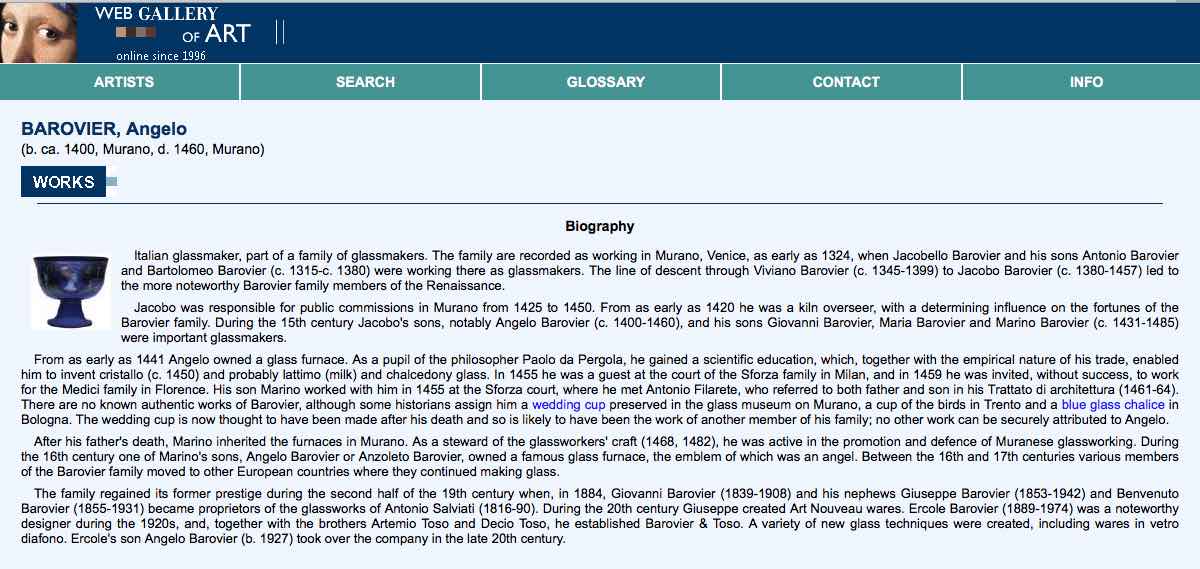| Re: Glass Coloring and Decay | |||||
| Re: Glass Decay -- Beadman | Post Reply | Edit | Forum | Where am I? | |
02/26/2019, 13:47:36
Note the reference to tin oxide under Colored Inclusions here:
https://en.wikipedia.org/wiki/Glass_coloring_and_color_marking
Fluorine-white glass is a rather more-modern composition.
Unless it is demonstrated to be otherwise, I will continue to understand that some early white glasses (such as those used to make white layers in rosetta beads) decay in the manner seen in the beads being discussed. This having become spotty and grayish. Or, presenting white spots on a more-gray ground. And, I have discussed most of these topics numerous times, here and elsewhere. I'm using the current links to support information I understand from research I began in 1980. At the moment, I don't have time to go through my copious library and cite old sources.
JDA.

All rights reserved by Bead Collector Network and its users
|